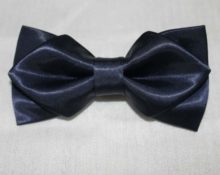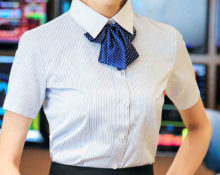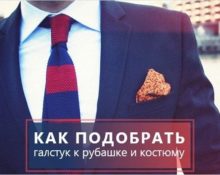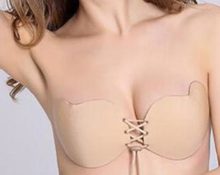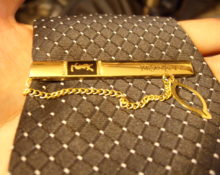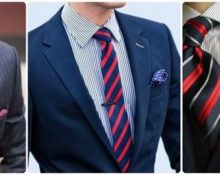It is difficult to imagine world politicians without a traditional suit and tie, just as it is difficult to imagine formal events without bow ties. These accessories have both their ardent fans and people who are their opponents. What are their differences, and what advantages and disadvantages do they have?
When should you choose a butterfly?
A butterfly can give the owner a certain charm, although in the guise of business people such an accessory is more exotic. If Churchill once constantly wore a bow tie, today it is almost impossible to see it on ordinary days; its main purpose is for ceremonial receptions.
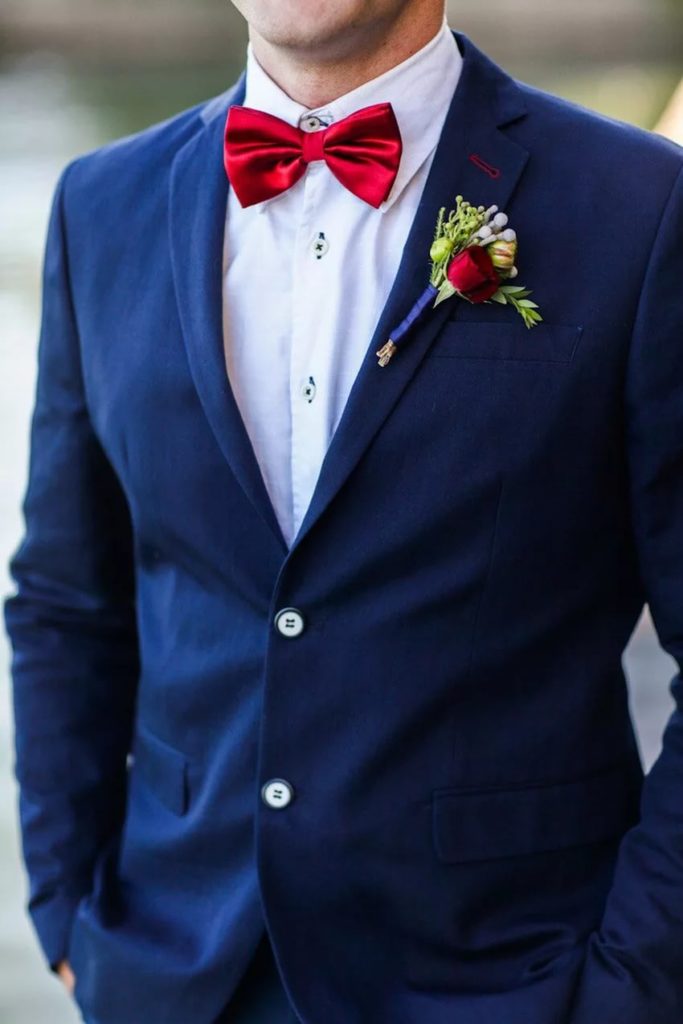
As a rule, the accessory is monochromatic in color, and the most common pattern is paisley. If worn with a tuxedo, it is best for the bowtie to match its color with the cummerband (belt).
Image experts recommend tying such an element by hand. Already tied products will naturally eliminate problems, but this is unacceptable for gentlemen.Only a tied bowtie looks “alive”, this is the secret of attractiveness.
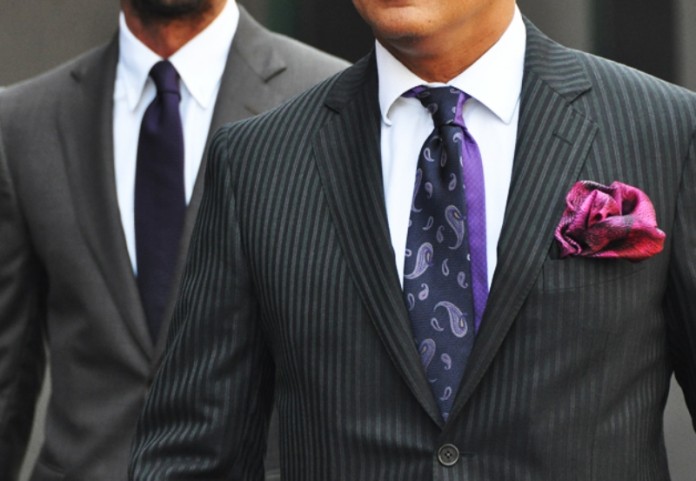
When to choose a tie?
The dress code classifies a number of groups of ties, the main criterion being the ornament:
- Plain. This type of tie is official. The darker the accessory, the more conservative it is.
- Foulard is a small pattern made up of repeating parts. The dimensions are strictly determined: the size of each part is no more than 1 sq.cm, the interval between elements is no more than 15 mm. This pattern may contain 3-4 colors.
- "Peas." The classic pattern is polka dots. The diameter and color of the peas are important. The smaller and lighter the pattern, the stricter the accessory. But large colored peas along with a suit are unacceptable.
- Paisley. Its design resembles a pearl in the form of a drop and is a classic pattern. This attribute is used “every day” for employees of communication professions.
- Diagonal stripe. It is a transitional model between a communicative suit and a conservative one. Executives and bank employees can wear this item on weekdays, but managers, lawyers, teachers - even at special events. This pattern has one feature: the strip visually stretches the figure, making it slimmer.
- Abstraction. On weekdays it is suitable for workers in creative professions (journalists, programmers, sales agents, mobile communications employees); for other professions it is only allowed on “loose clothing day”, of course, if you have an organization on these Fridays.
- Checkered. The drawing is only gaining popularity, especially among the younger generation of businessmen.The check harmonizes well with communicative suits; a tie can be worn with either a plain or a striped line, if the suit has calm shades.
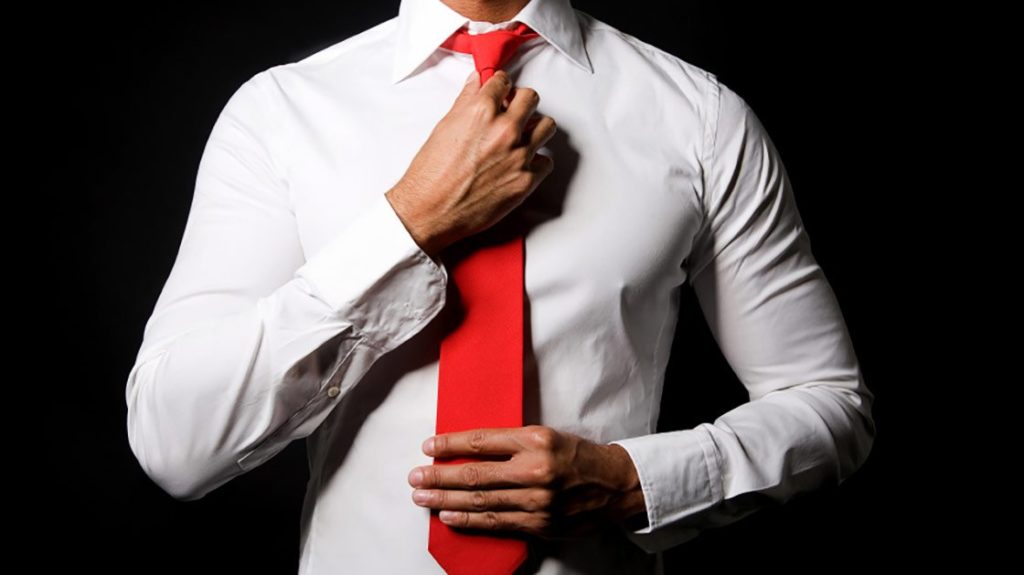
What looks more impressive: a bow tie or a tie?
A tie is a permanent attribute of a jacket. Often, dress codes completely prohibit wearing without it. But Smart ties can be combined with a cap, cardigan, in particular, with a denim suit.
In summer you can use it with a shirt, but these items of clothing must be properly selected and look perfect - ironed and of the right size. Ties are often complemented with a chain or latch.
Reference! These items also have a practical purpose (for example, keeping a tie in place in strong winds).
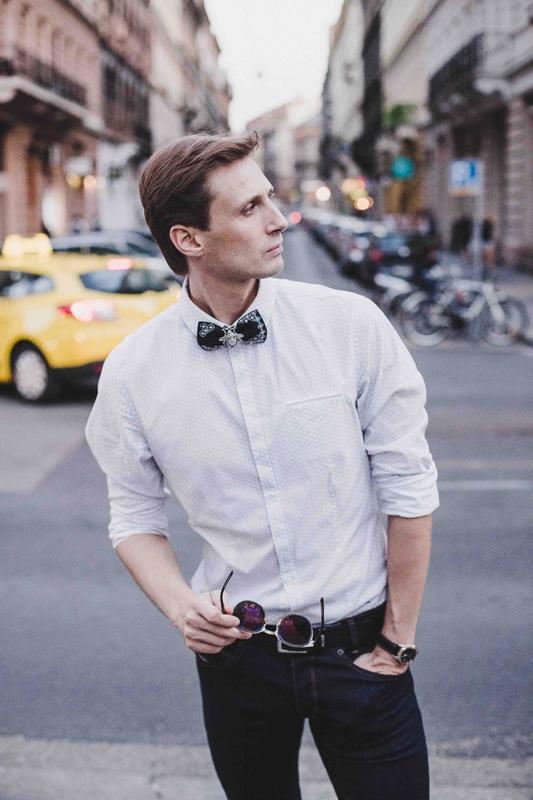
The butterfly is used with a suit or tailcoat - for a gala evening reception, for a wedding event. But you can tie a bow tie with a cardigan or cap. An accessory with a tweed suit - a favorite combination of teachers in England - adds a certain charm. The butterfly is not used with other elements: clips, pins.
The dispute between a bow tie and a tie is a struggle between a romantic and a businessman. However, there are no winners in this fight - both a well-chosen tie and an appropriately tied bow tie can say a lot about their owner.


 0
0